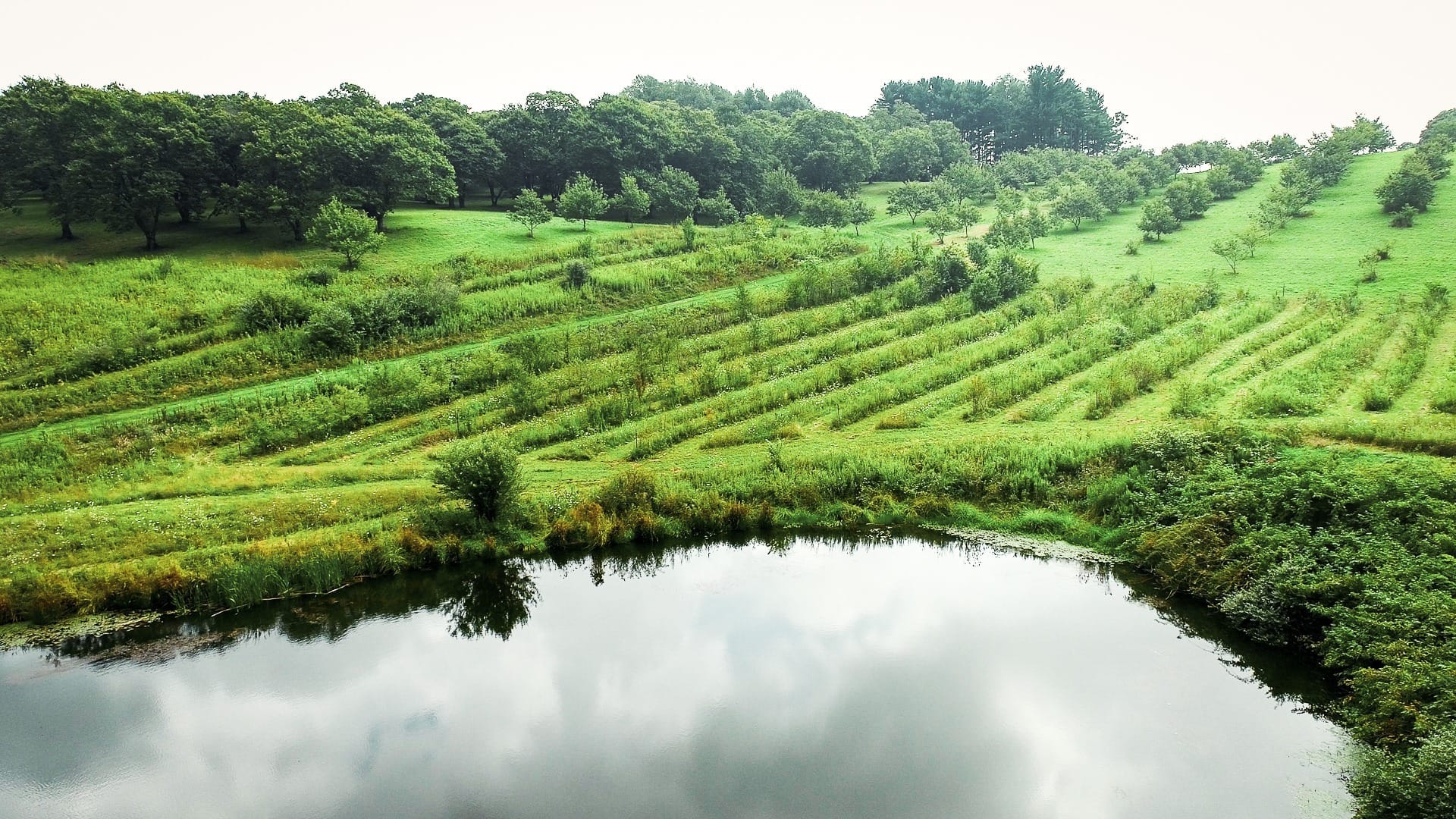The Roots of a Chestnut Legacy: Route 9 Formula of Success

Some farms are built for profit. Others are built for legacy. Route 9 Cooperative, founded by Greg Miller and a handful of die-hard chestnut growers, is firmly in the latter camp. This isn’t just agriculture—it’s a deep-rooted love affair with trees, a masterclass in collaboration, and a decades-long commitment to keeping chestnut farming alive in America.
My alarm went off at 5 a.m., and I rolled out of bed, grabbed my coffee, and climbed into my truck for the four-hour drive to Carrollton, Ohio. My destination? Route 9 Cooperative and, more specifically, Greg Miller—a man whose name carries serious weight in the world of chestnut farming.
For weeks, we’d been emailing and texting, lining up this visit so I could pick up 100 seedlings for the first planting at Goldberry Grove. But what I got was more than trees—I got a front-row seat to the kind of operation that doesn’t just grow chestnuts, but grows the future of the industry itself.
Greg met me a bit after I arrived (earlier then I had told him I'd be there), as gracious and generous with his time as he was with his knowledge. Within minutes, I realized this wasn’t just a farm—it was a legacy. There was two generations working side by side in there red paneled facility each focused on bringing this operation's customers the best flour, nuts, and more. Chestnut flour, fresh nuts, breeding trials—every inch of the place was dedicated to refining, improving, and pushing the boundaries of what chestnut farming could be.
Greg Miller has been at the heart of American chestnut farming since 1972, when he and his father planted 500 Chinese chestnut seedlings on their farm in Lee Township, Carroll County, Ohio. What started as an orchard quickly grew into a full-fledged business—Empire Chestnut Company—and by 1984, Greg was all in. Chestnuts weren’t just a crop; they were his life’s work. His wife, Diane, and kids—Amy, Quinn, and Collin—pitched in, making chestnut farming not just a business, but a family legacy.
But farming, especially chestnut farming, is a long game, and no one plays it alone. By the early 2000s, Greg wasn’t just managing his own harvest; he was also helping his neighbors—Duane and Rose Kienzle, Tim and Marla Snyder, and Carl and Stephanie Cooper—market theirs. By 2007, their production had outpaced Greg’s own, and by 2009, their combined harvest had topped 60,000 pounds—far too much for one farm to clean, pack, and store. That’s when Route 9 Cooperative was born.
Pooling resources meant lower costs, streamlined operations, and long-term security. Another seasoned chestnut grower, Bob Stehli, and his wife, Marie, soon joined, adding their own years of experience to the mix. Together, these growers built something rare in modern agriculture: a cooperative that balances independence with the power of community.
Today, Route 9 Cooperative is one of the premier sources of high-quality chestnuts in the U.S., supplying fresh nuts, seeds, and trees to those ready to plant the next generation of orchards. It’s proof that sustainable farming isn’t just about soil health—it’s about people, relationships, and a commitment to something bigger than any single harvest. I certainly myself would love to be part of a larger alliance of farmers and have always thought scaling doesn't have to come at the cost of family or of quality.
As I loaded up my truck with seedlings, I knew I was leaving with more than just trees. I was leaving with a renewed sense of purpose—and a reminder that the best farms, the ones that last, aren’t just about straight lines and spreadsheets. They’re built on passion, perseverance, and a whole lot of nuts.

